Below is the History of the Westminster Palace, London.
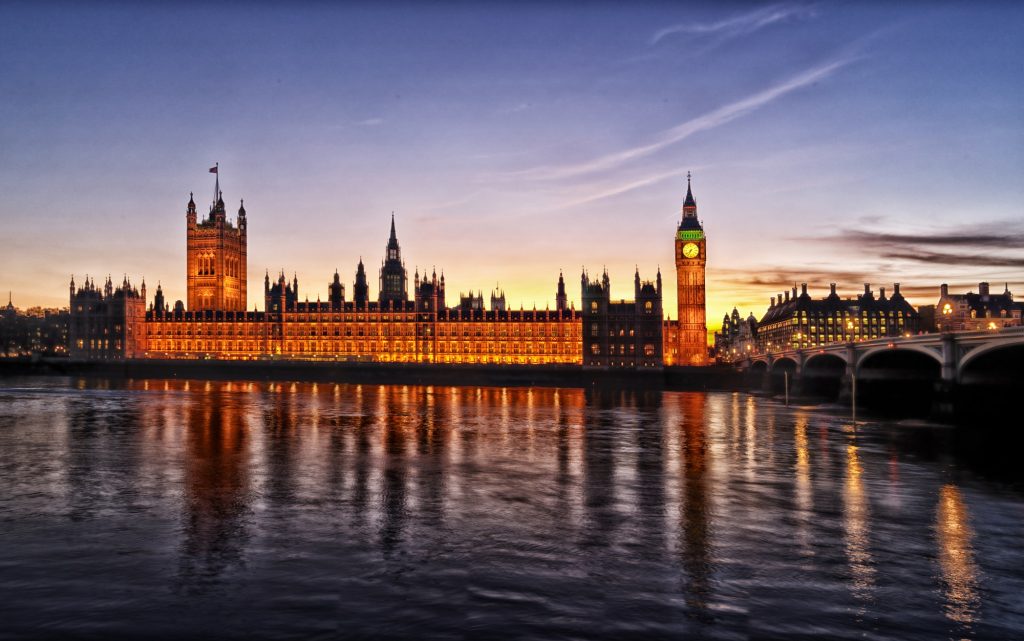
It is the meeting place of the ” “House of Commons” – also known as the lower house and the “House of Lords” also known as the upper house that comprises the Parliament of the British. Its other names are House of the Parliament, Westminster Hall, etc.
Building and construction of the Westminster Palace date way back to the 10th century. Although, a reconstruction was done in the year 1870. However, the Westminster Palace has beautiful, intricate architecture which has more of a Gothic style. Detailed information on the History of the Westminster Palace is given below :
The History of the Westminster Palace spans over 900 years beginning from the Anglo Saxons to the present!
Anglo Saxon origins
In the early eighth century, the Saxons dedicated a church to St. Peters on the banks of River Thanes toward the West. They called it the Westminster or the “west monastery” and another church St Pauls, towards the east in the heart of London known as the Eastminster or the “east monastery”.
This church was later adopted by the Royal priesthood and was reconstituted as Benedictine Abbey. It was a symbol of the Christian Kingship and a royal burial place. It was then converted into a palace in the 10th century.
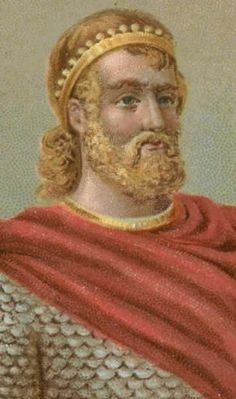
The Danish King Cnut (1016-1035) extended and constructed in the first half of the 11th century. His successor – St Edward the Confessor, started the construction of the Westminster Abbey which is an adjacent building to the Palace of Westminster or the House of Parliament. St Edward was a Saxon monarch of England, who also constructed another palace which overlooked Westminster Abbey. He died after the entire construction was completed in 1066.
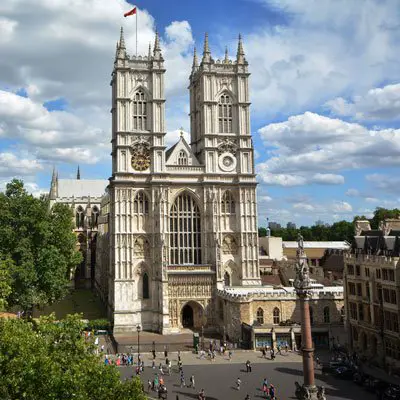
The other buildings and palaces only gave the Westminster more significance as a royal residence and church of the English Monarchy.
Old and New Palace Yards
The Palace yards were the main courtyards of the Palace.
Old Palace Yard
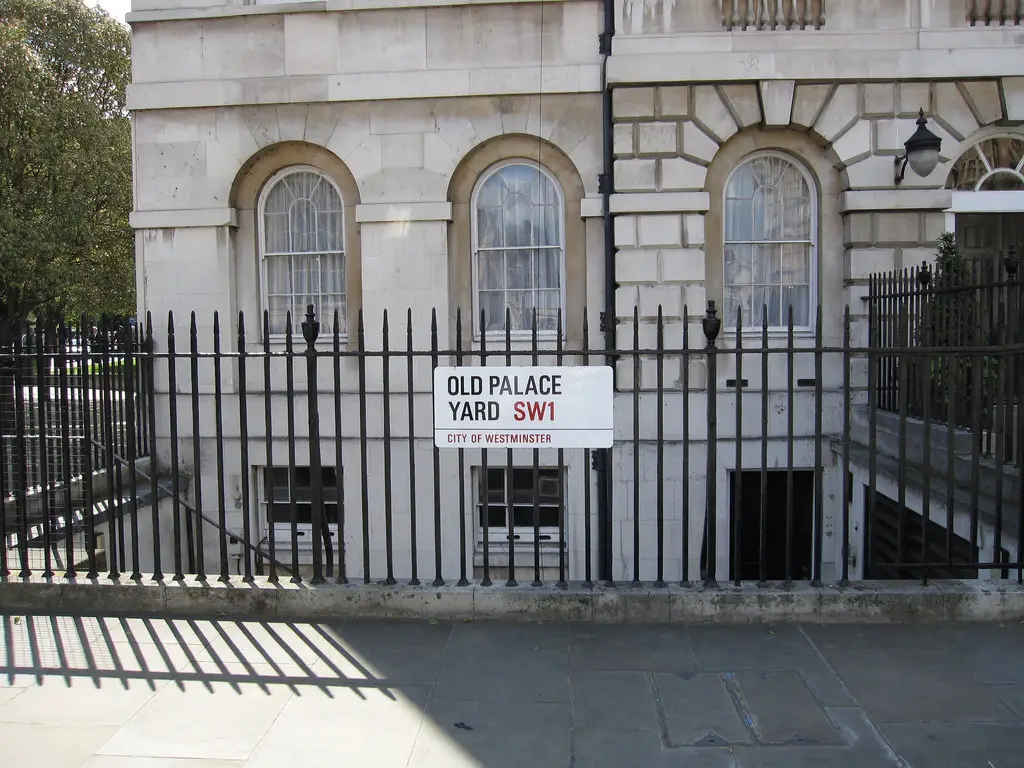
During the time of St Edward the Confessor, the Old Palace-yard connected to the Westminster Abbey and was free from all sorts of noise as it was his own chapel.
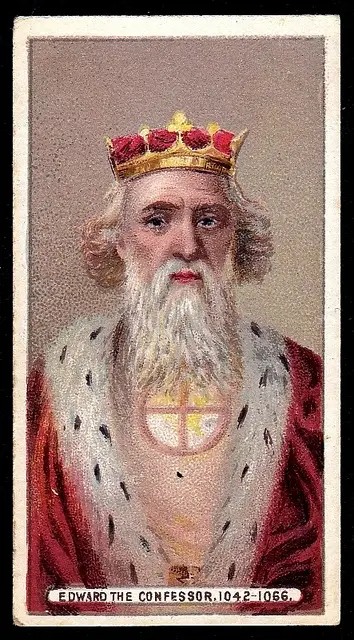
It is located toward the south end of the Westminster Palace. In the 16th century, there was a group of English Catholics led by Robert Catesby whose agenda was the assassination of King James I of England and VI of Scotland. They called themselves the “Gunpowder Plot”.
In 1605, they ran a tunnel across the yard to the House of Lords. Captured and pronounced guilty, they were hanged in the middle of the Old Palace Yard. In 1618, Sir Walter Raleigh was beheaded in the Yard. His wife took away his head, wrapped in a cloak and kept it with her until she died.
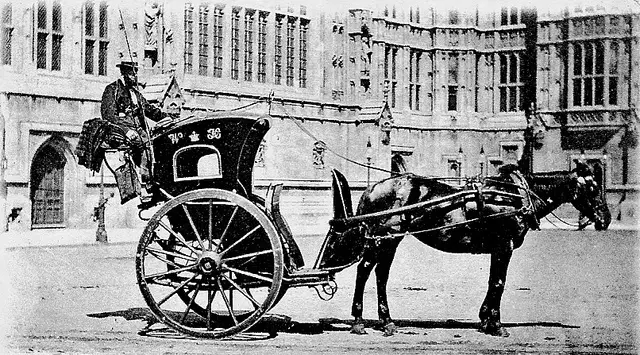
New Palace Yard
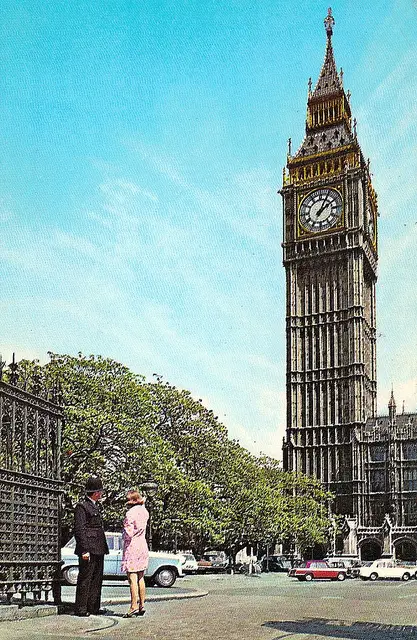
The location the New Palace Yard is in front of the North end of Westminster Palace. It was built in 1097 by William II.
Today, it comprises of a five-level underground parking which can accommodate 450 cars. This was constructed in 1972. During this construction, archaeological excavations showed that there existed an octagonal base of a large canopied fountain built in1443 by Henry VI.
This fountain had a channel of water connection or a conduit which was actually built in the 12th century. This conduit stood until the late 17th century. The yard has now been laid out as a garden with a fountain in the honor of the Queens Silver Jubilee in 1977.
The Normans
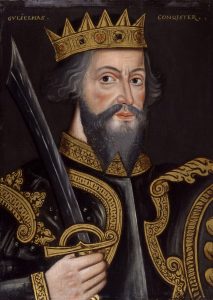
In 1066, the Anglo Saxons were defeated by the Normans. William the Conqueror inherited the throne at the Westminster Palace. He considered himself the heir to the kingdom of England. In 1097, his son, William II (Rufus) laid the foundation for the construction of the Westminster Hall.
It took two years for the construction of the Westminster Hall. It was and is the largest of its kind in the whole of Europe. It was used for royal celebrations, feasts, and banquets. Westminster was, therefore, the ceremonial center of the kingdom.
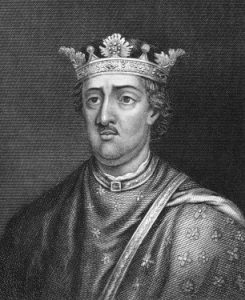
In 1154, King Henry II, declared the Westminster to be a treasury of the royal treasure in case of him being away from the Castle of Winchester.
In 1199, under the reign of his son King John, this transfer of monarchy from Winchester to Westminster made it an important Center of Government.
Around the 12th century, in 1270, new exchequer buildings were built along the north end frontier of the Great Hall. The platform of the Westminster Hall came to be known as the Royal Throne of England. In King Henry’s time, banquets were put up in the Westminster Hall for the people of the Kingdom. The hall accommodated thousands of people at a time.
Parliaments in the 13th Century
Openings of all parliamentary occasions were done at the Kings “Painted Chamber” which was his private room since 1259.The Parliaments of Edward I always sat in Painted Chamber. They held discussions on various things.The room adjacent to the Painted Chamber was the “White Chamber”. If not in the Painted Chamber, the Lords visited in the White Chamber which sort of became permanent overtime. Therefore, the “White Chamber” came to be known as the “House of Lords“.
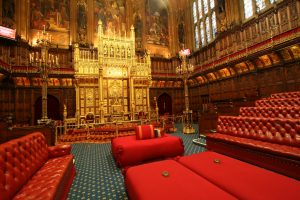
The Commons of the kingdom had no official place or chamber as such. Some of their discussions and debates were held at the Chapter House in Westminster Abbey. However, in 1547 King Edward IV, gave the Commons the St. Stephen’s Chapel during the Reformation period. This was then known as the “House of Commons“.
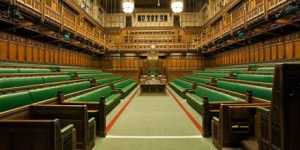
After King Henry IV left the palace and moved into a new palace, the Palace of Westminster became the Parliament House of England and was no more a Royal Residence. However, control of the Palace was the monarch’s representative, the Lord Great Chamberlain.
He held the responsibility of the Hall of Westminster and the Chapel of St. Mary Undercroft.
Improvements made to the Palace
James Wyatts Improvements
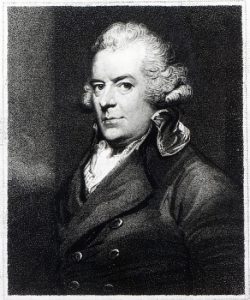
It was becoming inconvenient and quite difficult for the MP’s to discuss parliamentary issues which were apparently never-ending. This was around the 17th century when demands for improvements and reconstruction of the palace kept coming from various architects and workers.
Christopher Wren, William Kent, and John Soane were some of the famous architects of those times who submitted their plans but nothing came out of them apart from minute corrections and some additions.
However, between 1755 and 1770, a new building came to be constructed in “Palladian Style”. This building faced the street and provided space for paperwork and new documents along with a few new offices and committee rooms. During this time, various alterations kept being made in the Palace reflecting Gothic Style of Architecture.
In the year 1799, James Wyatt, a neo-Gothic architect was approached to remodel the House of Lords. He used this opportunity to change the exterior of the palace and apply the Gothic touch. During the time of the union of the Kingdom of England with Ireland, in 1801, more and more MP’s were being formed which gave rise to the need for extra seating for all of them.
In the St. Stephen’s Chapel, Wyatt reduced the thickness of the wall and got rid of the medieval furnishing in order to make more space for seating. He also made extensive alterations to the exterior of the Palace.
John Soane’s Improvements
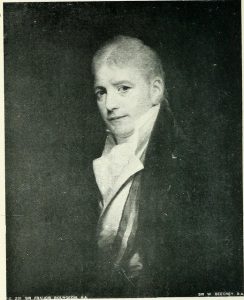
Destruction by Fire
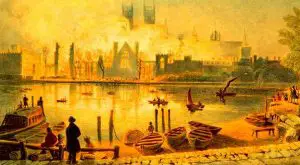
The only threat to the Palace of Westminster since the 10th century was fire.
The fire of 1263, destroyed the Painted Chamber and its original decorations. A minor fire took place in 1298 also which led the Palace to waste.
The major fire in 1512, at the time of King Henry VIII, caused him and his family to move the royal residence from Westminster to Whitehall Palace which was a hundred yards away. However, reconstructions and modelings kept taking place.
On October 16, 1834, a major fire broke out due to the stockpile of old ignited tally sticks in the Lords Chamber. This fire was a great site seen by thousands of people which included Turner and Constable. Westminster Hall was saved due to the winds blowing from the Jewel Tower during this time.
Facts about the Palace Of Westminster
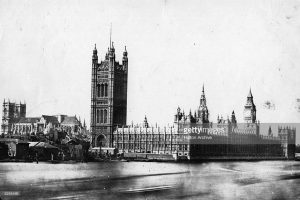
- Indeed, the History of the Palace Of Westminster could be dated even further back as legend holds that a Roman temple to Apollo once stood here, but that it was destroyed by an earthquake.
- William the Conqueror was crowned at Westminster Abbey on Christmas day
- In an occasion, King Henry III made a royal distribution if food in the year 1244 and more than ten thousand people were fed in one day at the Westminster.
- Peacock feathers were used to paint the angels on the walls of the chapel of St. Stephen, tails of squirrels to paint saints, feathers from the breasts of the swans were used paint the golden stars!
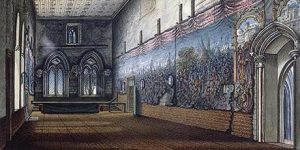
Westminster today
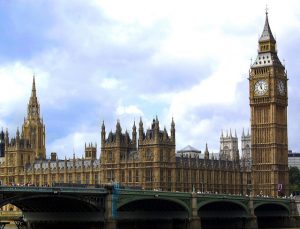
Westminster is not just a royal heritage but one of the most iconic buildings in the world. It is the treasure home to a great collection of national heritage which is indeed pieces of evidence to the growth and progressive phase of the modern Britain.
It has been the meeting place of Kings and their advisors and courtiers and is today the Parliament hall of the democratic country in the 21st century.
It has always stood as the mediation between the rulers and the people of the country leading to progressive legislation and changes in the society.